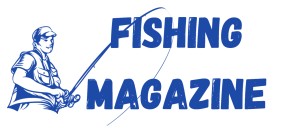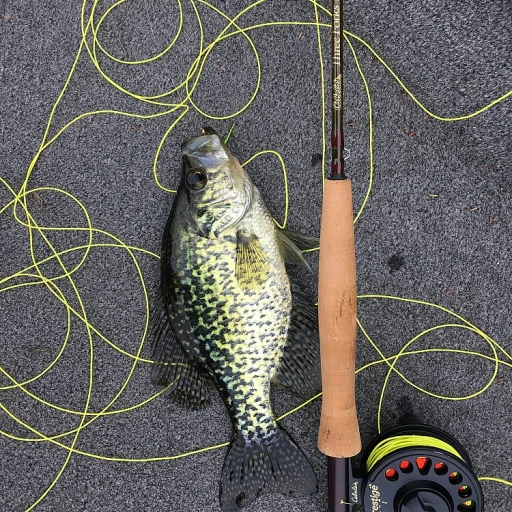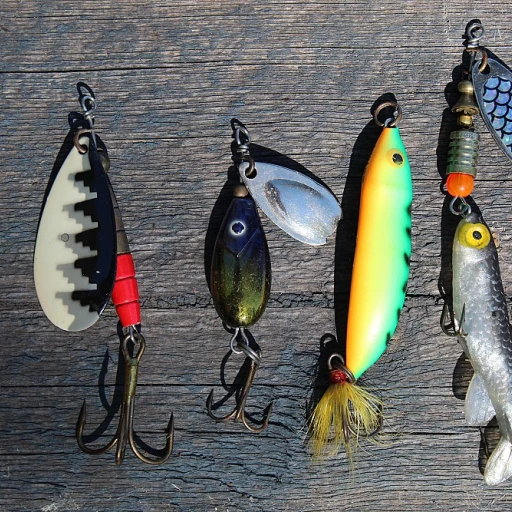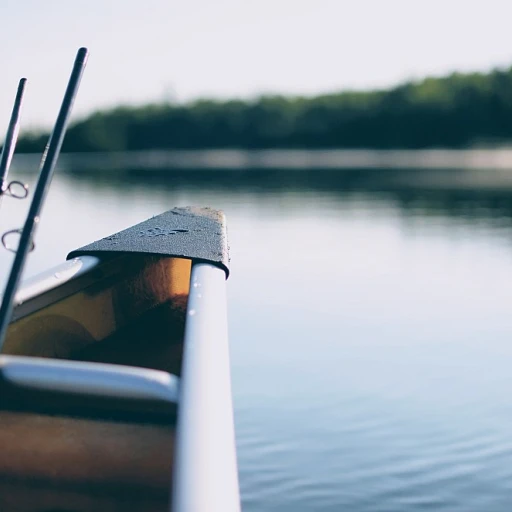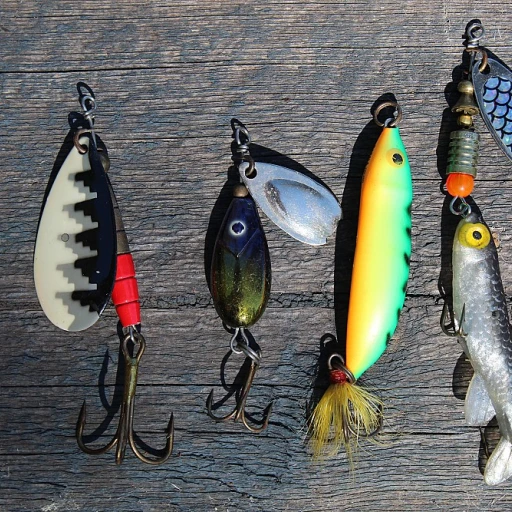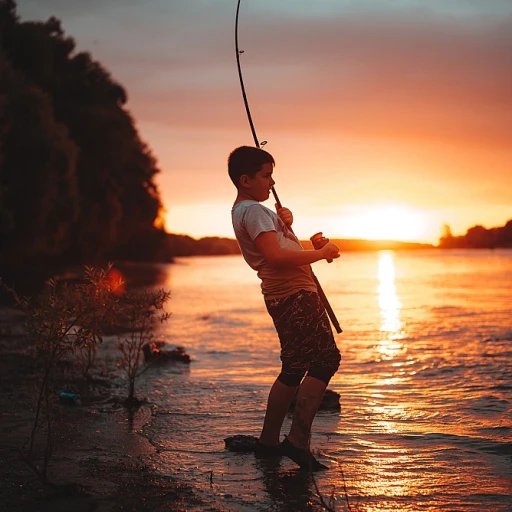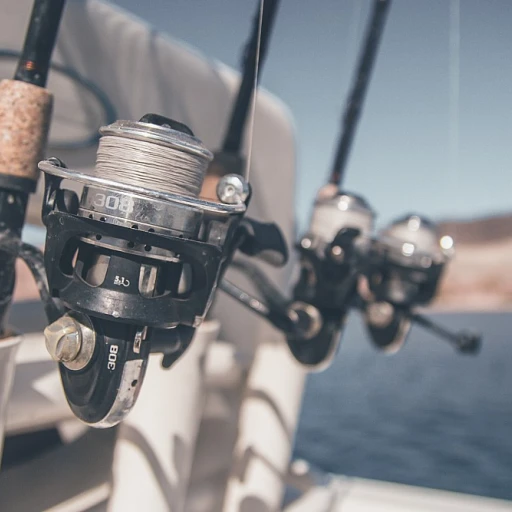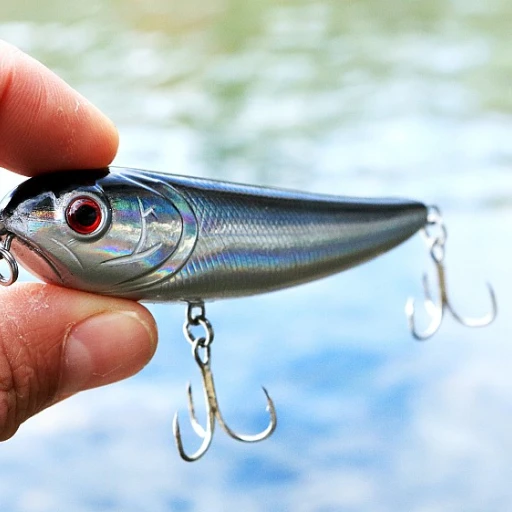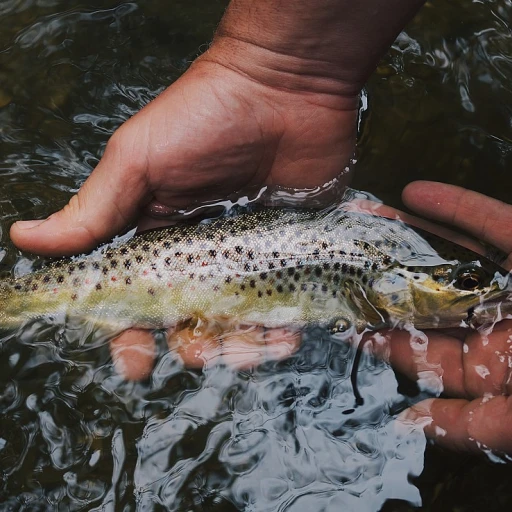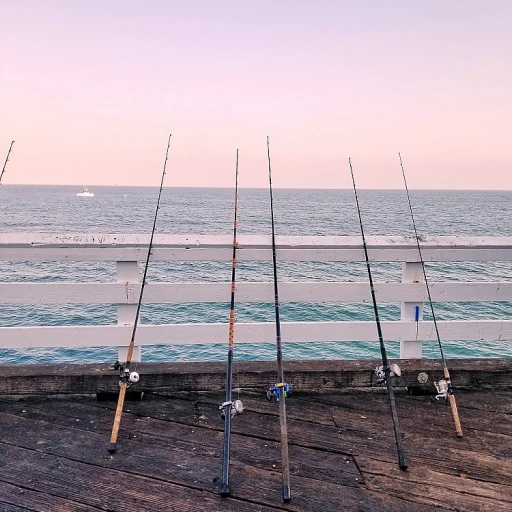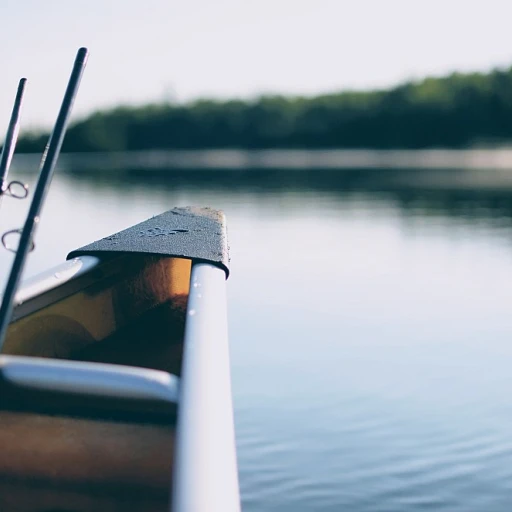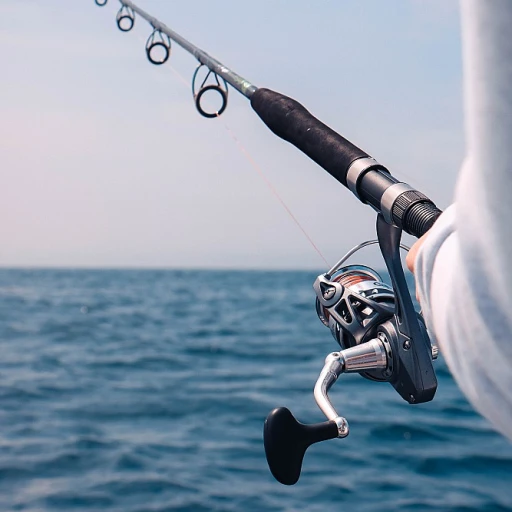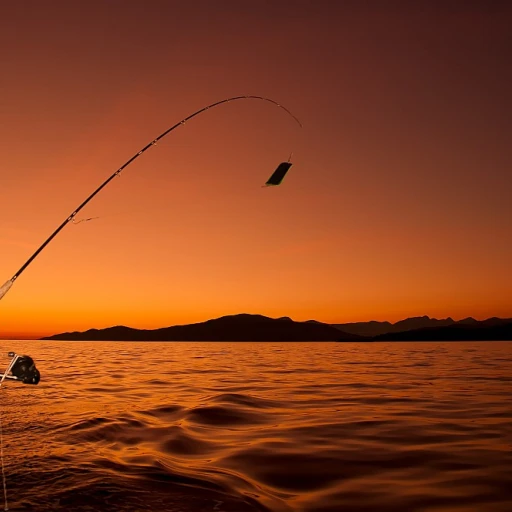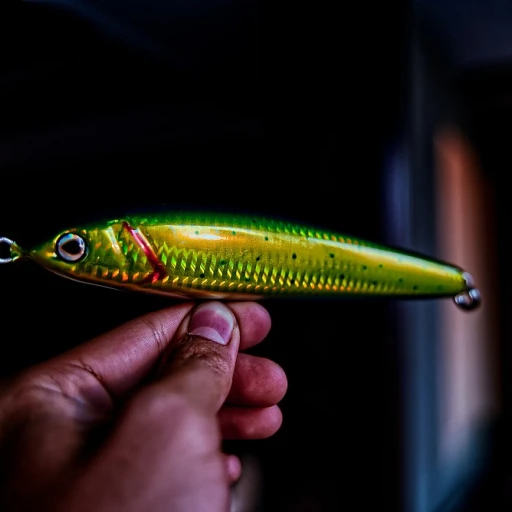
Understanding Midge Flies
Dive into the World of Small Insects
When it comes to fly fishing, "mastering the art of fishing with midge flies" is an essential skill that can greatly enhance your angling experience. Understanding midge flies is crucial for anyone looking to make the most of their time on the water. These tiny insects, ranging in size and native to many bodies of water, play a pivotal role in the ecosystem and are a favorite meal for trout and other fish species. Midge flies belong to a broader category of aquatic insects, but they are particularly known for their small size. Adult midges, midge pupae, and midge larvae are often found just below the water's surface, in the water column, or even floating on the surface as midge dry flies. This makes them an attractive option during fishing trips, especially when targeting trout in rivers. Fly fishing with midge flies requires an understanding of the different "midge patterns" and "fly patterns" available. These are designed to imitate the life stages of midges and are essential when conditions call for a more subtle approach. The griffith gnat, zebra midge, and other unique "fly patterns" each have their place in your fishing ensemble, dictated by the current conditions and the behavior of the fish. As you explore the variations of midge patterns and understand the reasons behind selecting a specific pattern, it will become clear how pivotal these small flies are in the grand scheme of fly fishing. Whether you’re using a midge dry fly or focusing on subsurface magic with a midge pupa, recognizing their importance in the "world of fly tying hooks" can open a new dimension to your fishing tactics. The journey to mastering midge fishing may seem daunting at first, yet understanding these intricate details will lead to positive results, enhancing your skills and amplifying the joy you find on the river. For more insights on mastering patterns like midge flies in fly fishing, you might find mastering the art of stonefly patterns in fly fishing a hyper-relevant guide as well.Essential Gear for Midge Flies Fishing
The Right Tools for Midge Fly Fishing
Embarking on a successful midge fly fishing adventure requires the right set of gear. Given the unique nature of midge flies, your equipment selection can make a significant difference in your fishing success.
First, the size of the fly rod and reel is critical. Opt for lighter rods, such as a 3 or 4-weight, which allow for delicate presentations crucial when targeting trout with midges. This can help in maintaining the subtlety needed when presenting tiny flies to fish.
Incorporating a fine leader is also essential. Midge flies are small and require precision, so a 6X or 7X leader is typically recommended. This ensures your fly casts naturally to the water's surface without spooking the fish.
- Fly Selection: Midge patterns vary, including the popular zebra midge, midge dry, griffith gnat, and original and black fly patterns. It's essential to carry a variety of midge flies in different colors and sizes to match the current conditions on the water.
- Understanding the Water Column: While midge larvae and pupa live below the surface, the adult midge emerges and can be found near the top. Therefore, having dry flies and nymphs to cover different water column levels can enhance your chances.
- Price Considerations: Be mindful of the unit price of your flies and gear. Though prices can vary, investing in quality equipment can pay off in the long run. Whether you opt for original or current priced flies, always ensure they're well tied and effective.
By understanding the essential gear for midge fly fishing, you set a solid foundation for success on the river. Employing the right equipment significantly influences not just your fishing results but also your overall enjoyment in the craft of fly fishing.
Techniques for Effective Midge Flies Fishing
Techniques to Elevate Your Success with Midge Flies
When it comes to fly fishing with midge flies, mastering the right techniques is crucial to ensure a successful fishing experience. Whether you are an experienced angler or just starting, understanding the subtle movements and actions needed when fishing with these small flies will enhance your chances.
One effective technique is to use the dead-drift method. This involves letting the fly naturally float with the current of the river, replicating the behavior of natural midges. Position yourself facing upstream and watch closely as your dry flies make their way across the water surface. Pay attention to any disturbances or rises from trout as they approach the fly.
When targeting deeper water columns where both midge pupa and midge larvae dwell, nymphing is a technique you can’t ignore. Employ midge patterns like the famous zebra midge below the surface. Adjust the weight and indicator accordingly to maintain the midge at the desired depth.
For anglers seeking precision, using a two-fly rig offers great versatility. Pair a dry fly, such as the griffith gnat, with a submerged midge pattern, like a black midge pupa. This combination covers both the surface and subsurface levels, increasing the likelihood of enticing a bite.
Another advanced approach involves focusing on the water's surface tension. Employ midge dry flies to mimic the emerging stage of adult midges. The art lies in maintaining a drag-free drift, so that the fly floats naturally without any resistance, a key to fooling perceptive trout.
By adapting these strategies, anglers can better adjust to the varying conditions of the river, such as changes in water temperature and midge hatch patterns. For further insights into fly fishing techniques and selecting the best options, explore our article on fly fishing options that provide a broader perspective.
Choosing the Right Midge Flies
Decoding the Ideal Fly Patterns for Midge Fishing
Choosing the right midge flies is crucial for a successful fishing endeavor. Midges encompass a wide variety of fly patterns, each designed to mimic specific stages of the midge lifecycle such as adult midge, midge pupa, and midge larvae. Understanding the water column is essential, as midge larvae and pupae live in these sections before becoming surface or dry flies. To target trout effectively, you should consider the size and surface behavior of the midges in your fishing area. Small patterns, such as a zebra midge, are known for their ability to entice fish due to their realism. Dry fly patterns like the Griffith Gnat can imitate adult midges resting on the water, appealing to fish feeding on the surface. Here are some key considerations when selecting midge flies:- Size: Trout and other fish tend to favor small flies. Selecting the appropriate size is vital, as a mismatch can lead to suboptimal results.
- Color: Midges vary in color, with black and olive being popular choices. Matching the fly color to the natural midge emergence can increase your chances significantly.
- Patterns: Using patterns that resemble the natural midge at its different stages can enhance effectiveness. Original midge patterns can be very appealing, enticing trout with their authentic appearance.
- Adaptability: Since river conditions can change, having a range of midge patterns is beneficial. Select options that accommodate varying currents and water clarity.
Challenges and Solutions in Midge Flies Fishing
{"result": "Tackling Obstacles in Midge Fishing
\n\nFishing with midge flies can be an exhilarating experience, but it does come with its share of challenges. Understanding these hurdles and developing effective strategies is crucial for successful midge fishing.\n\n- \n
- Reading the Water: One major challenge is identifying where midges are likely to be present. Since midges are small, spotting them on the water's surface can be difficult. Pay attention to water column levels and keep an eye on the water's surface for signs of fish activity. \n
- Selecting the Right Patterns: Midge flies come in various patterns and selecting the ideal midge patterns can be tricky. Some effective patterns include the zebra midge and griffith gnat. Observing the natural midges in your fishing area, considering their size and color, can help in picking the right fly patterns. \n
- Handling Weather Conditions: Weather can greatly affect the activity of both fish and midges. On windy days, midges may not be as active, which can test an angler's patience. Adjust your techniques and gear accordingly, such as switching to heavier flies that can stay in place despite the wind. \n
- Managing Fly Presentation: Ensuring that your fly lands gently on the water can be daunting. Using a delicate approach is key to avoiding spooking the fish. Midge dry flies should mimic the natural movement of an adult midge or midge pupa. \n
Enhancing Your Fishing Experience
Experience the Euphoria of a Perfect Catch
The thrill of midge fishing is genuinely unrivaled, particularly when you see a trout breach the water's surface to snatch a well-presented fly. As you grow familiar with the various fly patterns, such as the zebra midge or griffith gnat, your ability to adapt these patterns to the current water conditions will enhance your fishing escapades significantly. Not only does mastering these fly patterns add to the excitement, but understanding the water column's dynamics and how midge larvae and pupae fit into that ecosystem is crucial to success.
To elevate your fishing trips even further, consider these practical tips:
- Capture the Moment: A good catch deserves to be remembered, so keep a lightweight action camera handy to document your experience. This adds a layer of excitement to your adventure and provides learning opportunities from reviewing your techniques later.
- Comfort is Key: Ensure you're equipped with comfortable, weather-appropriate gear. Remember, fly fishing can be both calming and physically demanding, so being prepared will make a world of difference.
- Embrace Variety: Experiment with casting different midge dry flies in varying sizes and colors, from traditional black or small white to more unconventional hues, based on light and water conditions to entice that elusive trout.
As you engage more deeply with midge fishing, you'll discover that each trip offers a fresh set of challenges and triumphs. It's about finding the right balance between skill and improvisation, ensuring every new encounter on the river is nothing short of exhilarating.
